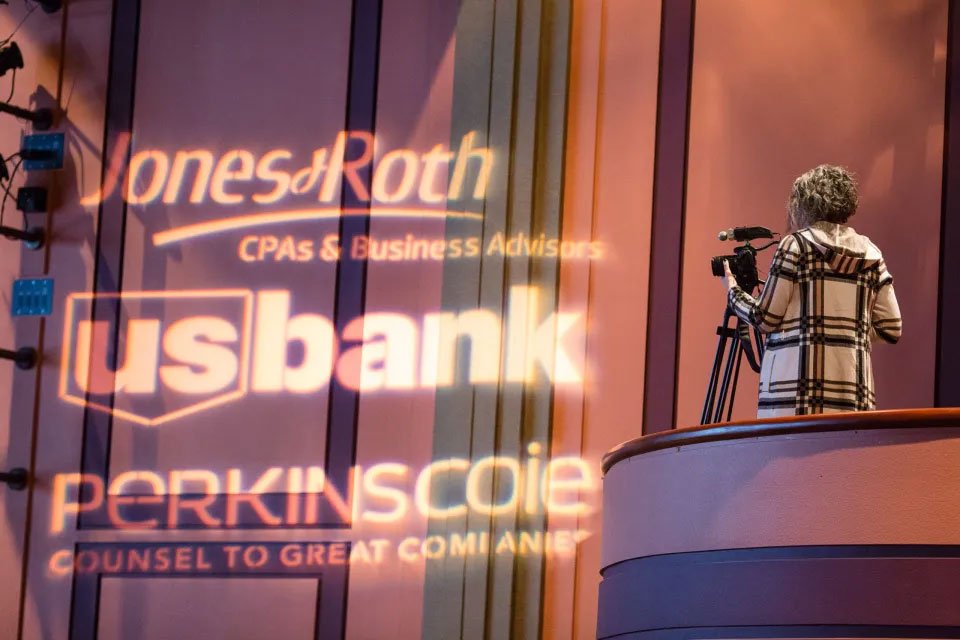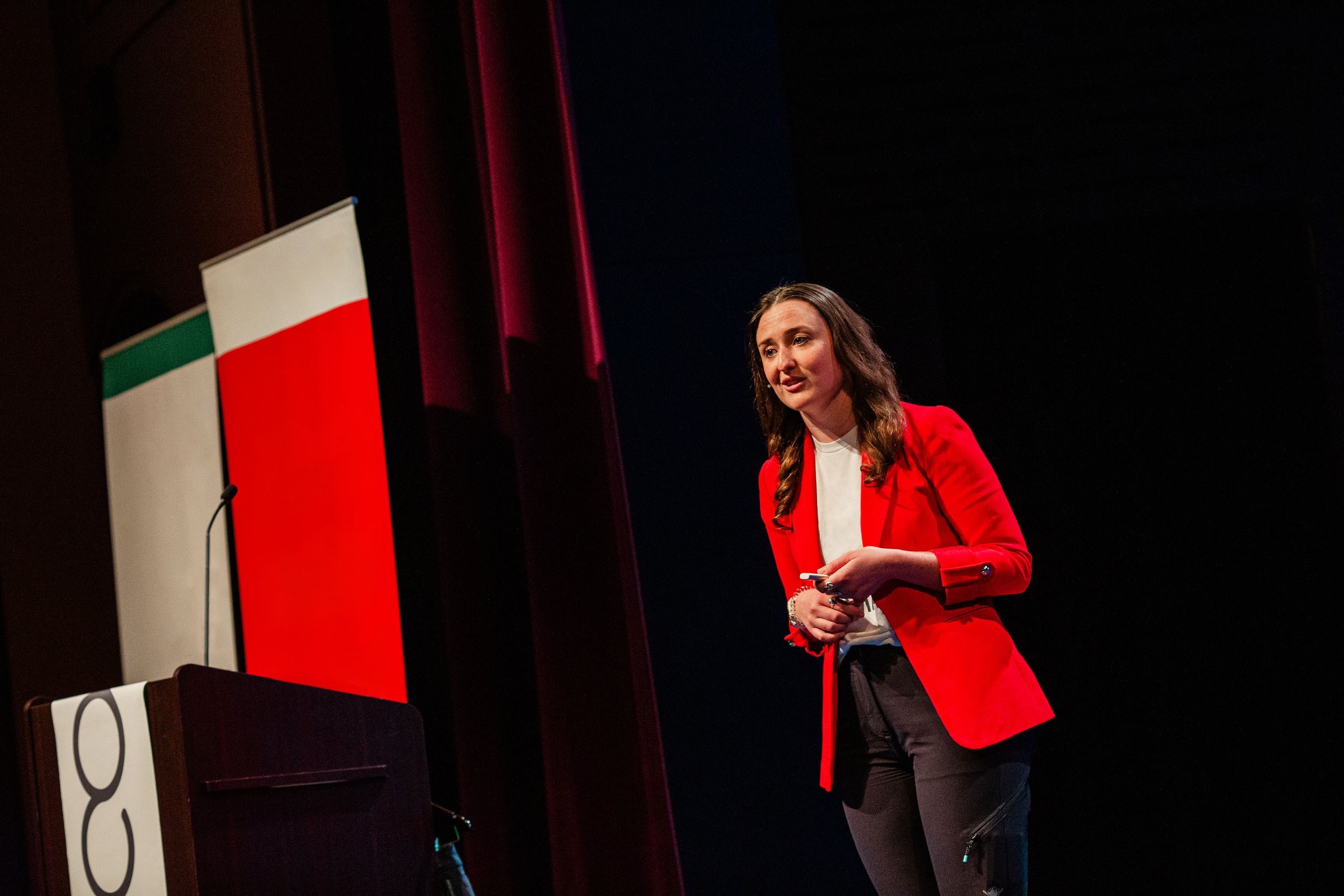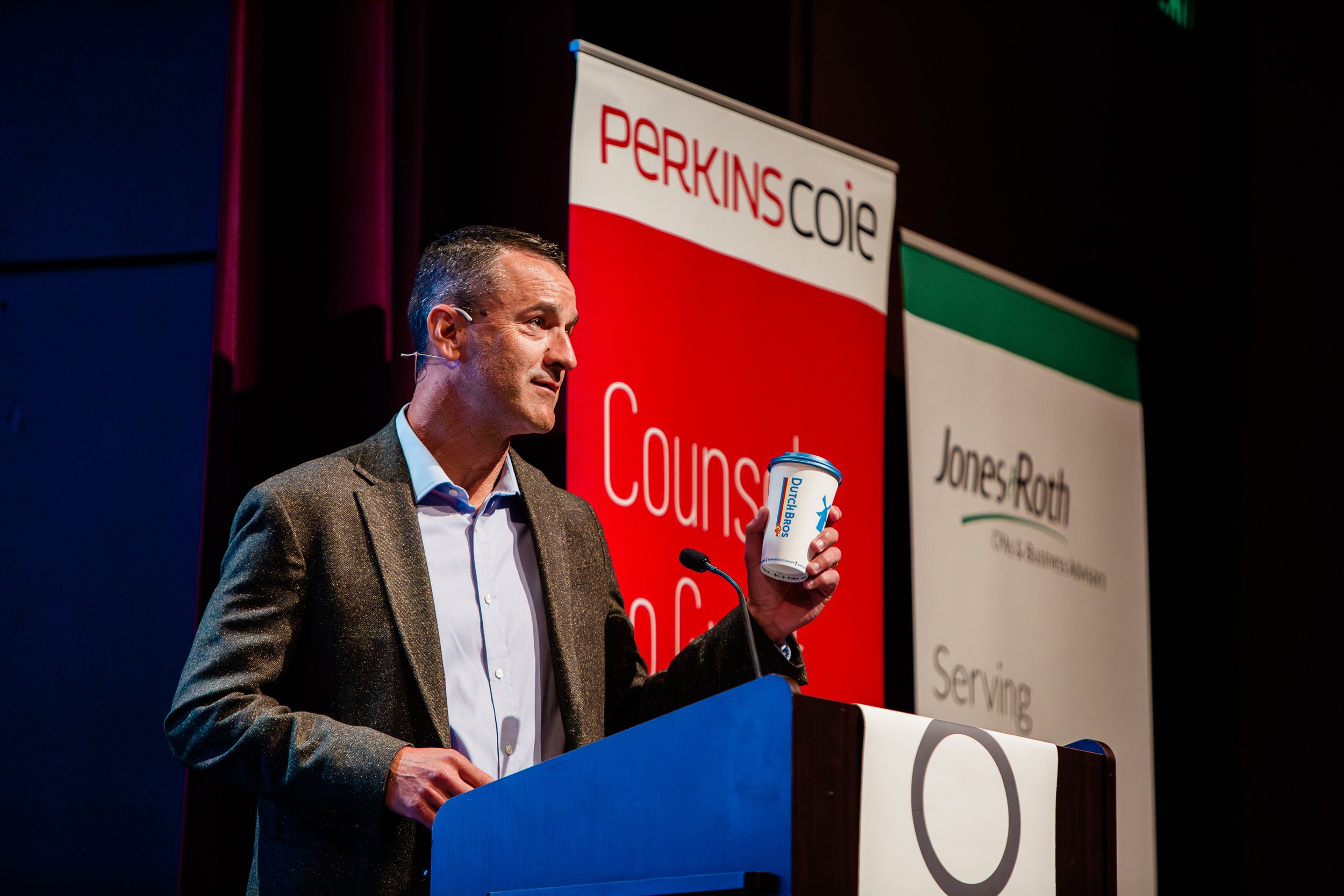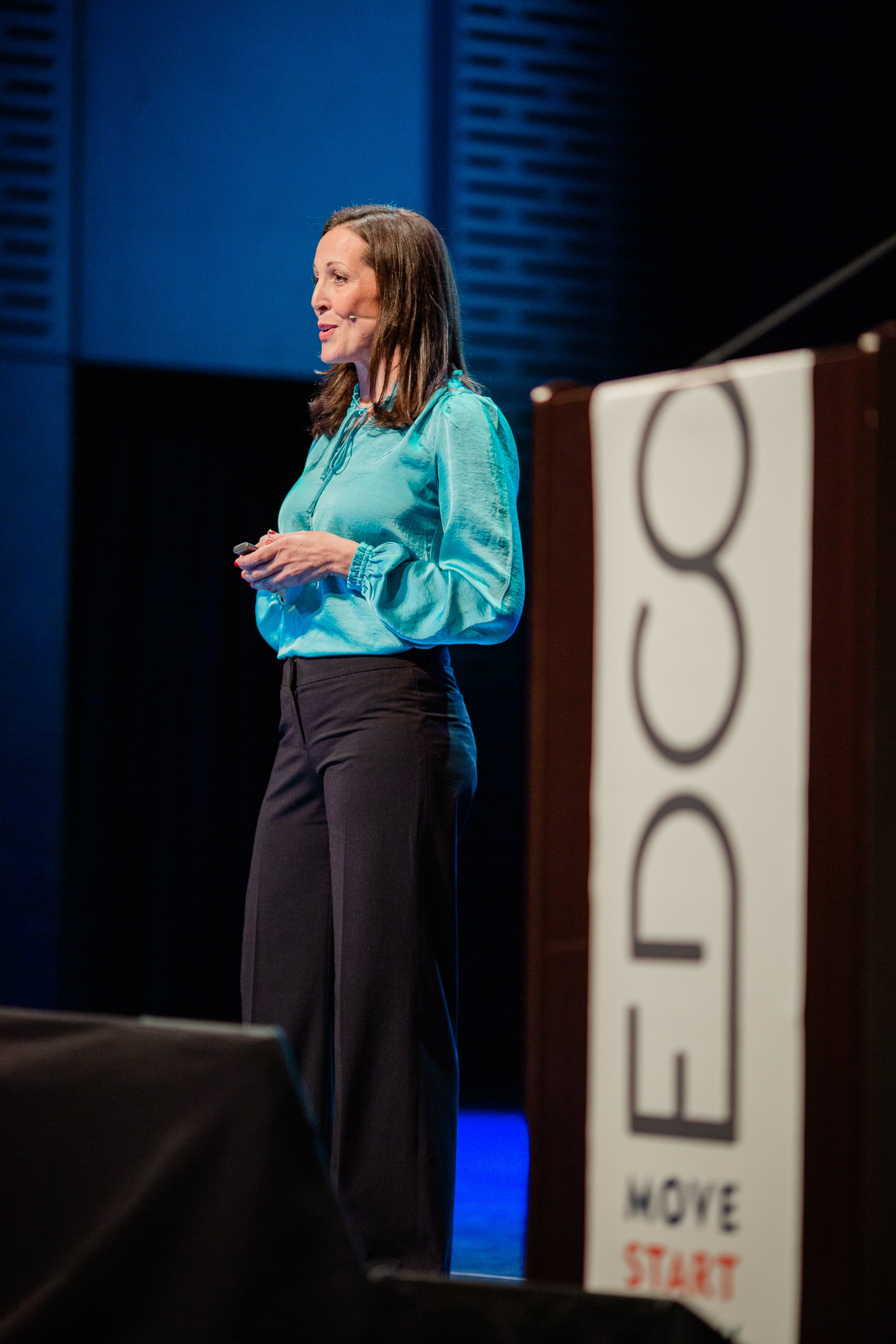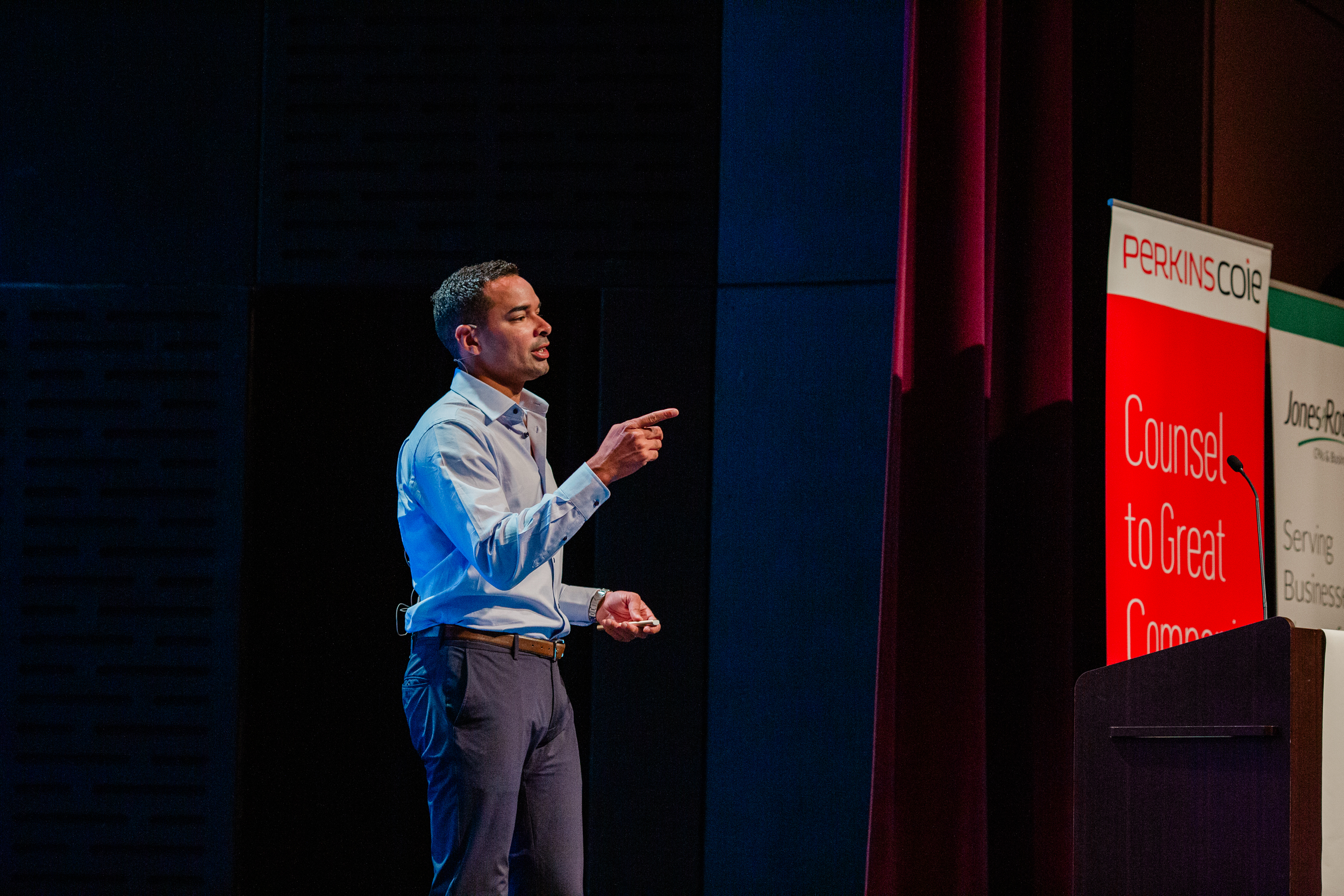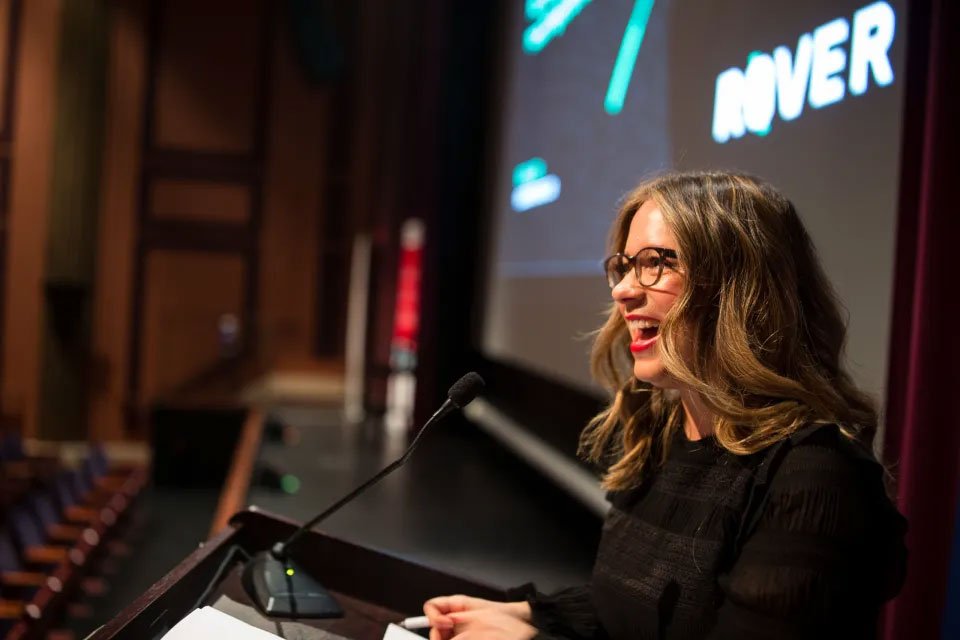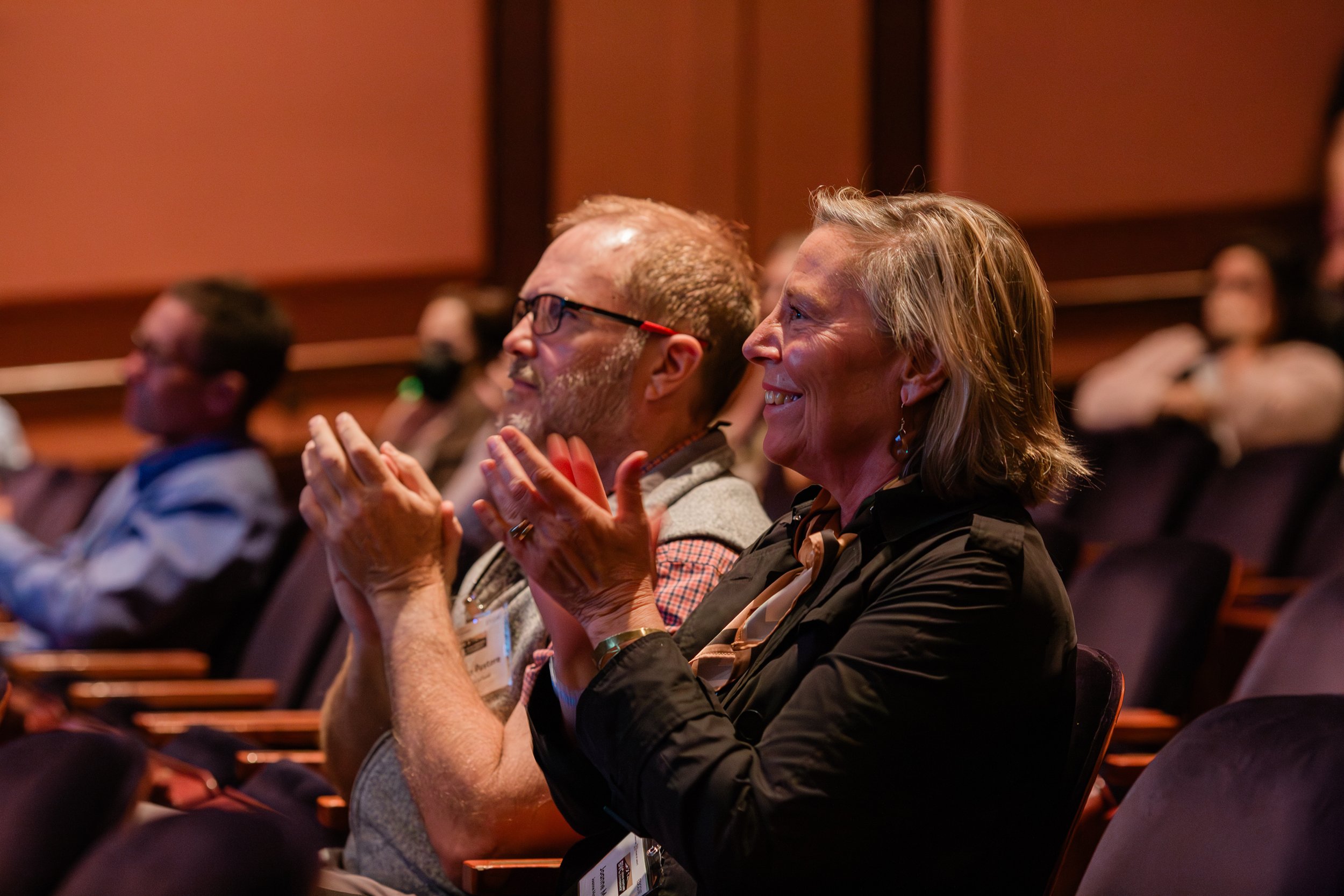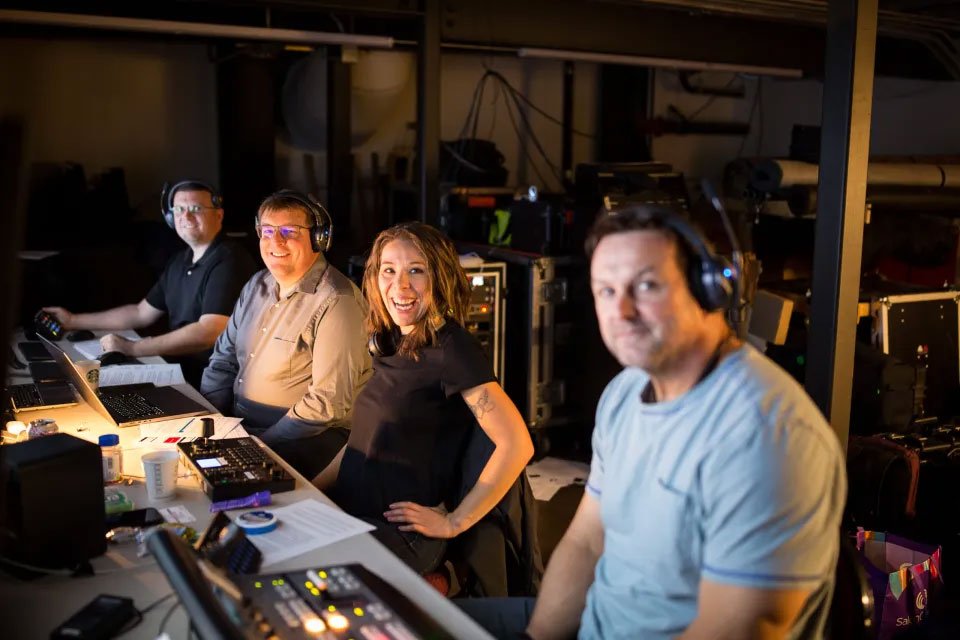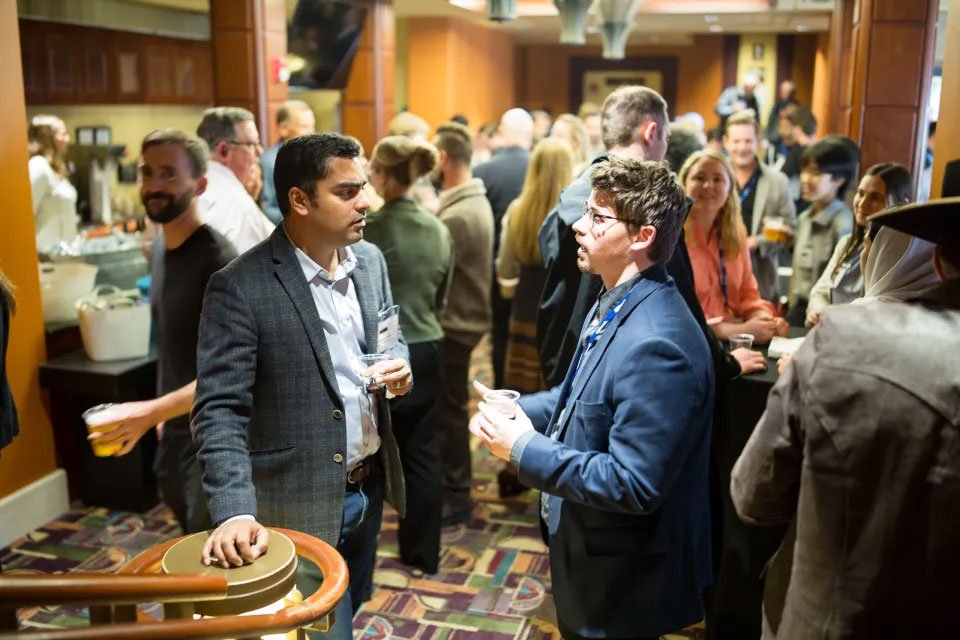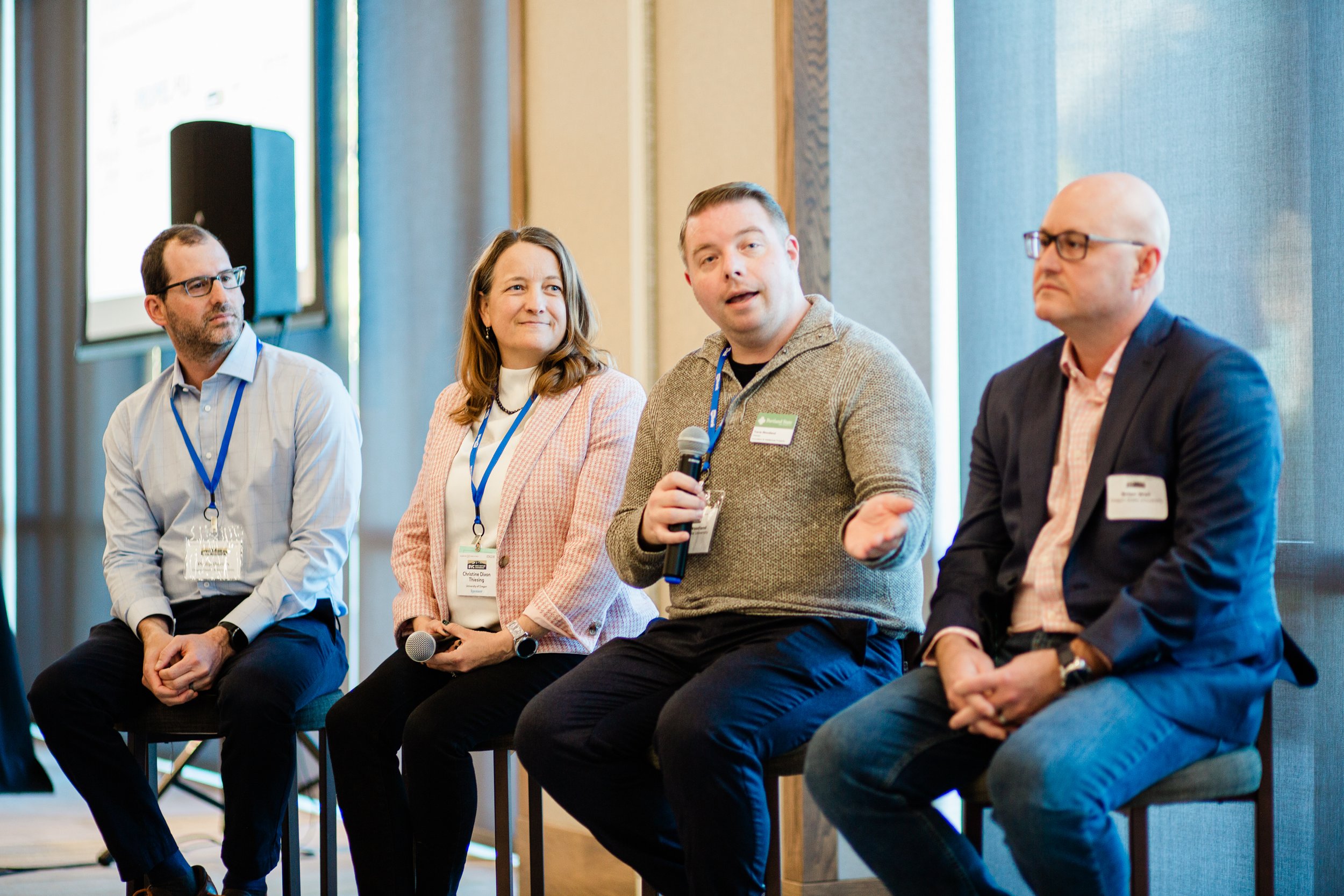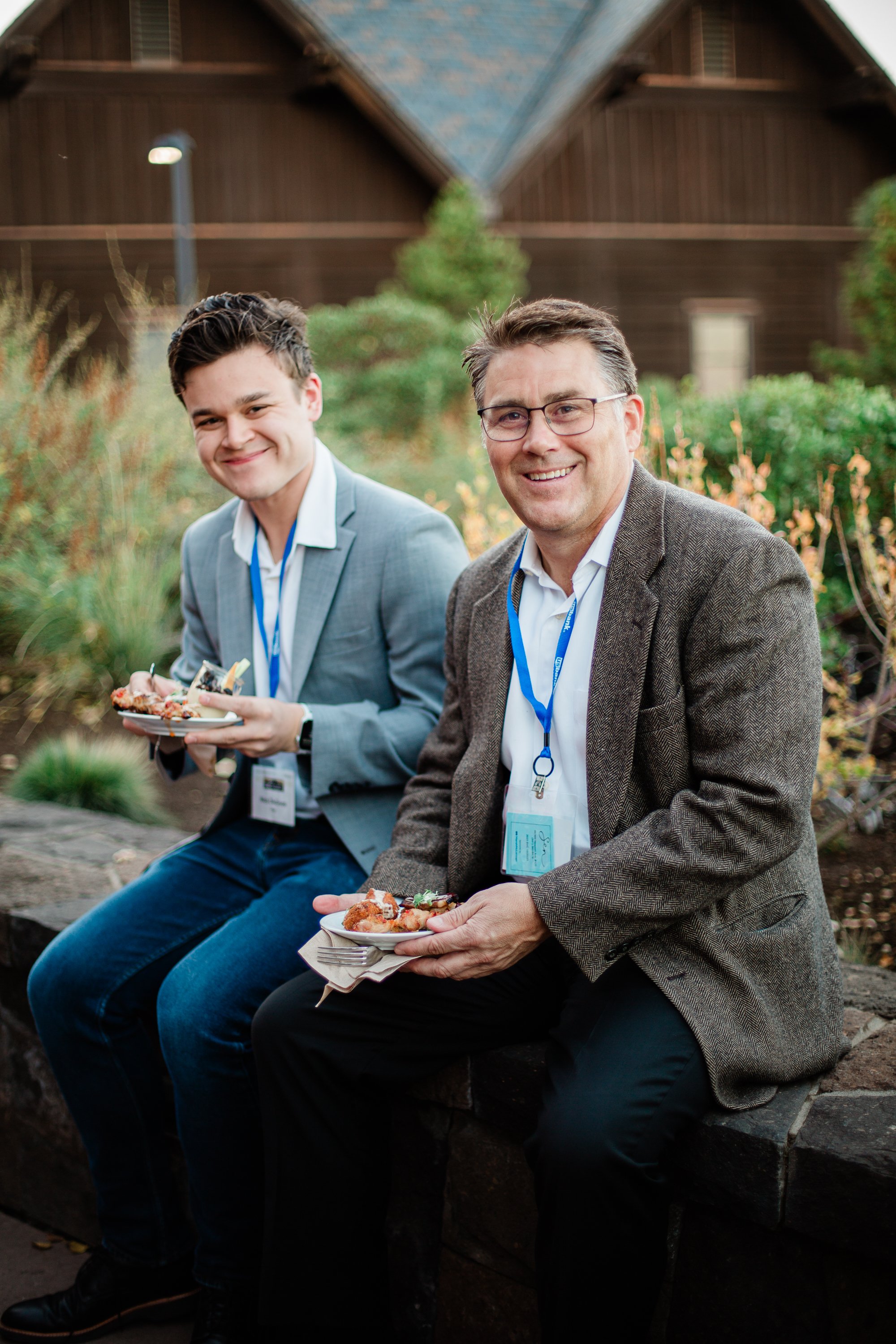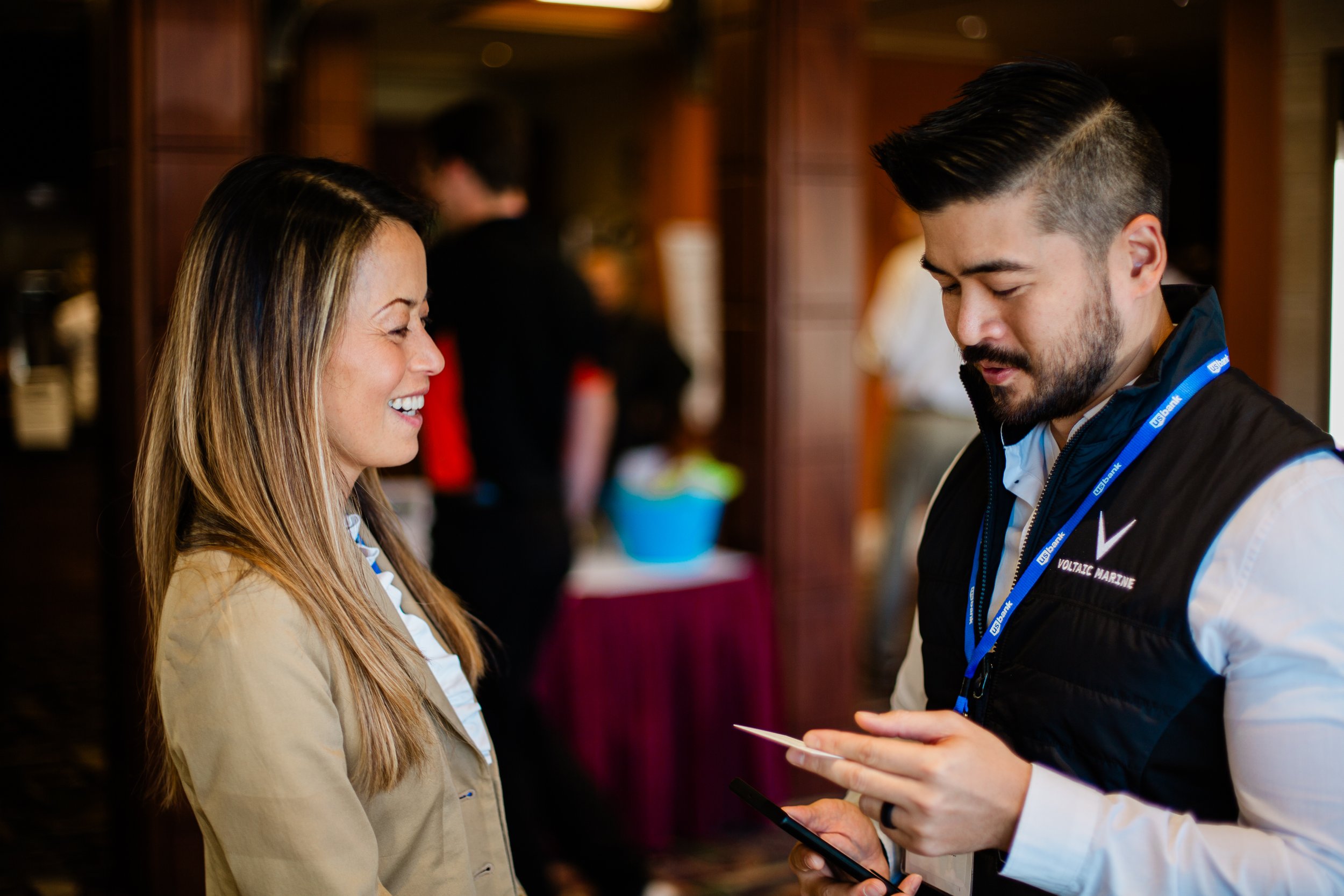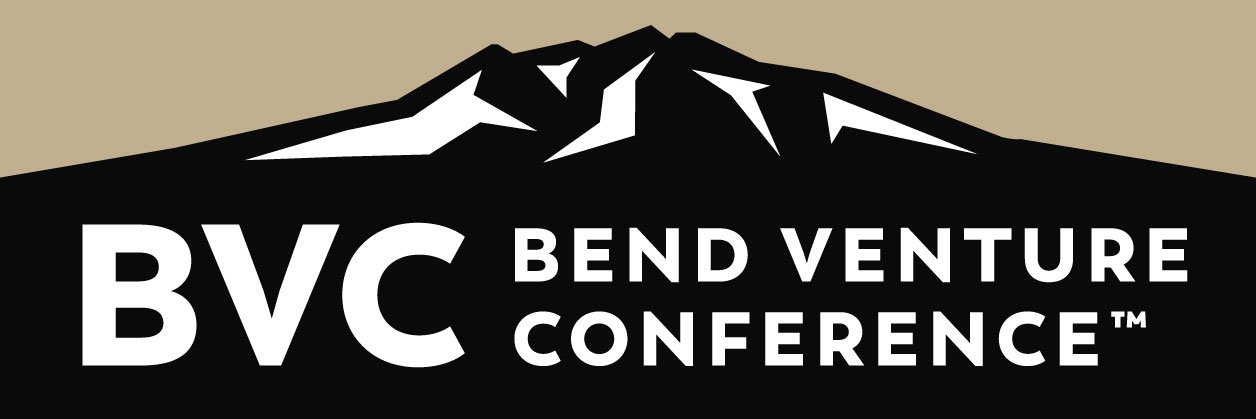
The largest angel conference in the Pacific Northwest.
DOWNTOWN BEND
OCTOBER 17-18, 2024
Presented by
The iconic Tower Theatre sets the stage for the Bend Venture Conference.
Bend Venture Conference (BVC) takes place in beautiful downtown Bend and creates a high level of entrepreneurial activity and energy. For over two decades, BVC has served as a pillar of Central Oregon’s robust entrepreneurial culture that has transformed this small timber community into a mecca for startups. Throughout the conference, attendees hear company pitches, participate in multiple networking activities and listen to inspiring presenters from across the United States.
Our Sponsors
Support Central Oregon’s entrepreneurial ecosystem, elevate opportunities for investment and accelerate impactful innovation.
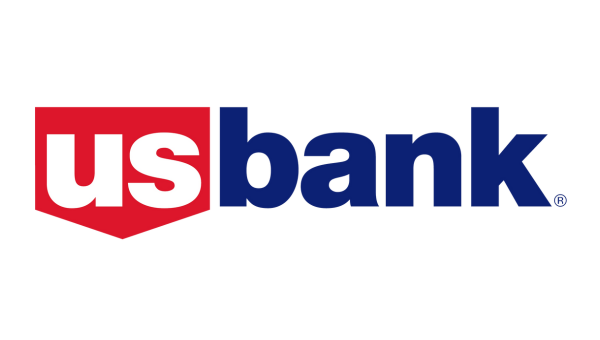
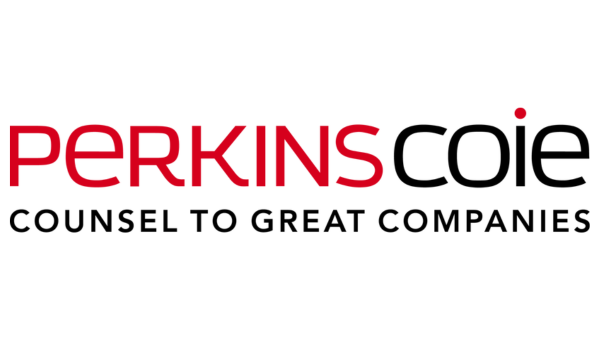

For over two decades, BVC has played a pivotal role in evolving and growing the startup ecosystem throughout Central Oregon and across the Pacific Northwest.


